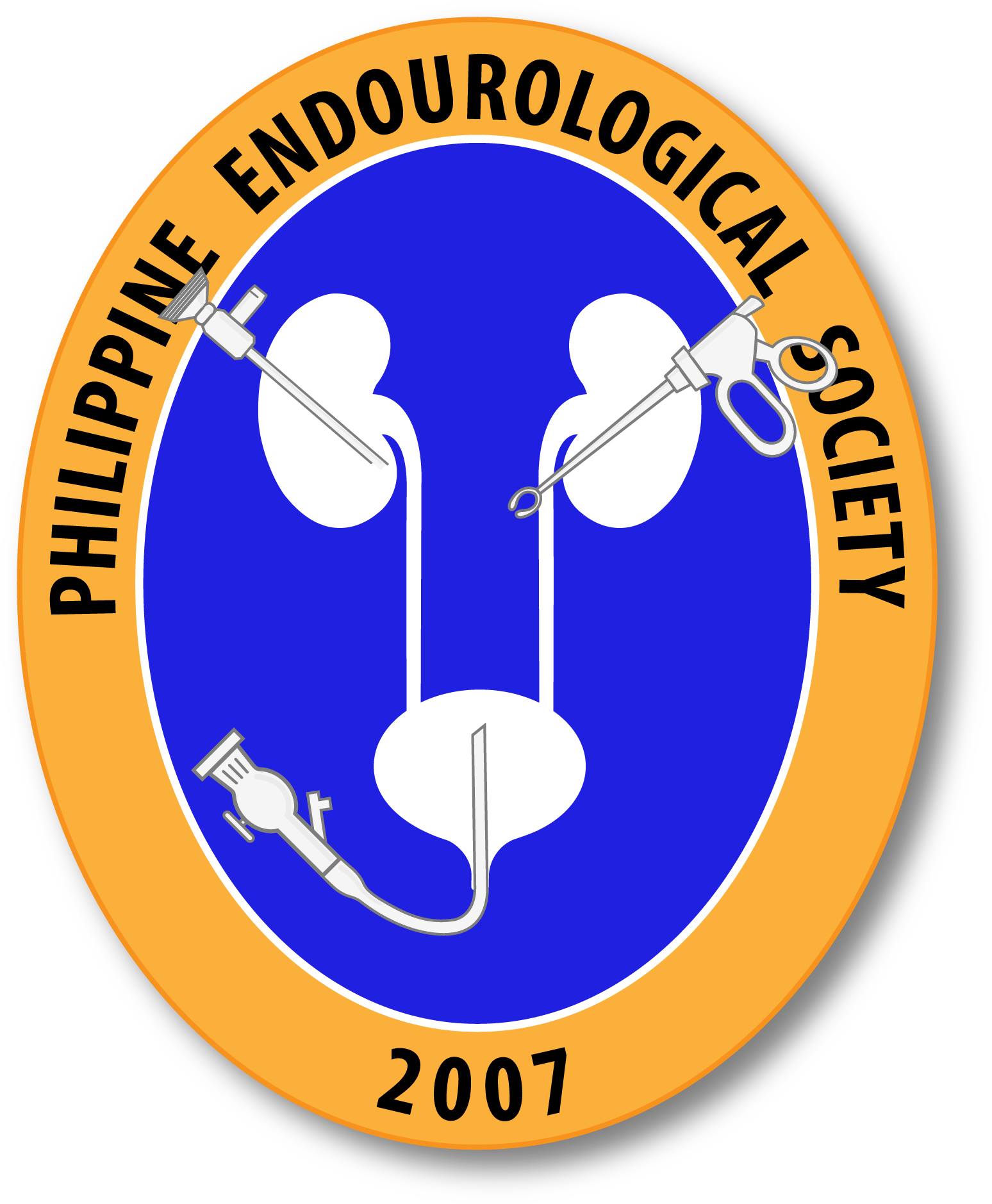Adherence and effectiveness of a single instruction of pelvic floor exercises: a randomized clinical trial.
In Brazil there are limited knowledge and education about preventative exercises for pelvic floor muscles (PFMs). We hypothesised that a single pelvic floor muscle exercise (PFME) session immediately postpartum would be effective in preventing urinary incontinence (UI) in a 3-month postpartum period with good adherence rates. Two hundred two women were approached for this randomised […]
